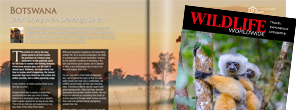Wild South Australia
Adelaide is the capital of South Australia and an easy gateway to some of the most exotic wildlife in the southern hemisphere, as Anna Scrivenger discovers.
I love Australia’s birds. While British birdsong is a symphonic chirruping, tweeting and trilling, the more raucous cawking, cackling cacophony of Australia’s birdlife seems to reflect the upbeat confidence of the entire continent.
Adelaide is South Australia’s capital and surprises me with its vibrancy, partly because of its contrast to the endless flat, red outback I flew over to get here. The city’s international airport is the gateway to it all. Adelaide itself has beaches, galleries, hip hotels and airy modern eateries – but also a relaxing Victorian gentility, thanks to handsome stone buildings, wide, green streets and open squares.Just strolling through the city’s numerous interlinked parklands yields a taste of its colourful bird life. Right in the heart of the city, you can look out for endemic scarlet-and-blue rosella – a striking hybrid parrot, and the personable long-billed corella,
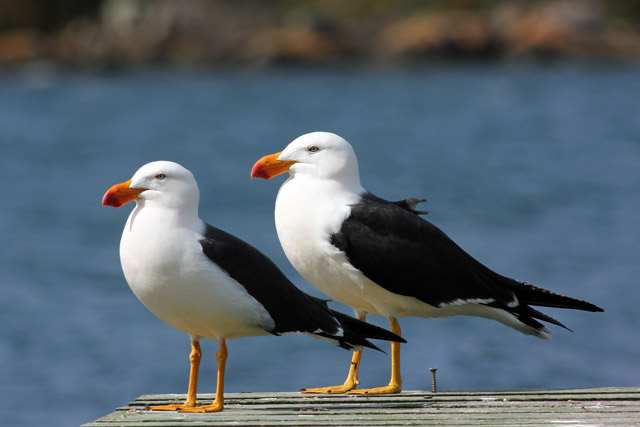 a pink-tinged member of the cockatoo family. This beats the UK’s park life hands down.
a pink-tinged member of the cockatoo family. This beats the UK’s park life hands down.
Standing on the golden sands of suburban Glenelg Beach, I watch silver gulls and the larger Pacific gulls bothering each other, and am reminded that this cosmopolitan city lies at the heart of South Australia – a vast wildlife treasure trove, alive with kangaroos, koalas, parakeets, dolphins, echidnas and much more.
KEEPING COOL
You needn’t travel far to find even more. The cool, green Adelaide Hills are only 25 minutes east of the city, and if you like wildlife or wine you should definitely make the trip. Many early settlers were German, bringing Germanic place names and architecture plus some impressive winemaking skills, equipping the area for today’s gastro-tourists, including Adelaideans climbing out of the summer heat.
But the bird life is as much a drawcard as the wine-cellars. You’ll find the xanthanotus sub-species of the yellow-tailed black cockatoo here, a talkative fellow; you’ll tend to hear him before you spot the flash of those yellow cheeks. I’m a big fan.
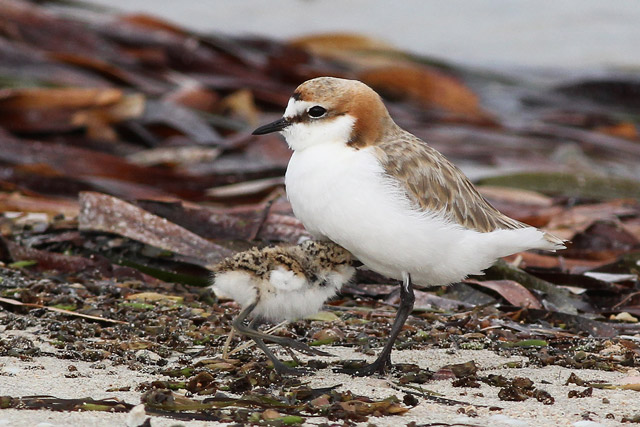 Shorebird lovers are in for a treat at the Adelaide International Bird Sanctuary, just north of the city on the Gulf of St Vincent. Its 65-kilometre stretch of mudflat, mangrove and saltmarsh supports 27,000 birds and is an important global site. Look out for both long-haul travellers (such as curlew sandpiper, red and great knot, grey plover and bar-tailed godwit) and year-round residents (red-capped plover, black swan, sooty oystercatcher, royal spoonbill). It’s a vital resource for wildlife – but also important for humans, as it’s set to recycle stormwater, absorb CO2 and improve access to nature, all working in partnership with local Aboriginal communities.
Shorebird lovers are in for a treat at the Adelaide International Bird Sanctuary, just north of the city on the Gulf of St Vincent. Its 65-kilometre stretch of mudflat, mangrove and saltmarsh supports 27,000 birds and is an important global site. Look out for both long-haul travellers (such as curlew sandpiper, red and great knot, grey plover and bar-tailed godwit) and year-round residents (red-capped plover, black swan, sooty oystercatcher, royal spoonbill). It’s a vital resource for wildlife – but also important for humans, as it’s set to recycle stormwater, absorb CO2 and improve access to nature, all working in partnership with local Aboriginal communities.
INTO THE BUSH
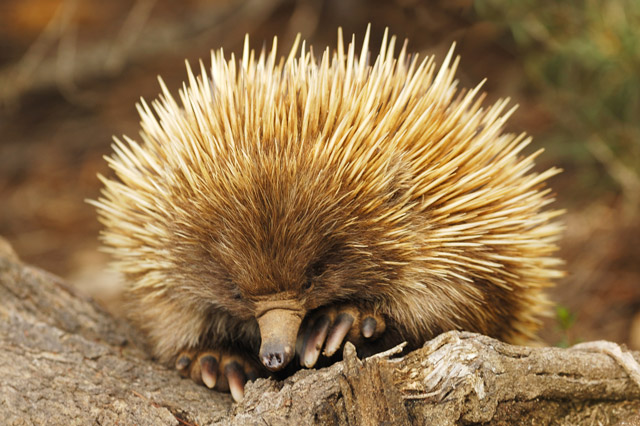 A few hours inland, the landscape changes completely. The mighty Murray, Australia’s longest river, folds in tight squiggles right across the Outback, towards Adelaide. To its north you’ll find Gluepot Reserve – a taste of the bush and popular weekend trip for birders from Adelaide. Here, rare mallee scrub is browsed by kangaroos and other beguiling marsupials.
A few hours inland, the landscape changes completely. The mighty Murray, Australia’s longest river, folds in tight squiggles right across the Outback, towards Adelaide. To its north you’ll find Gluepot Reserve – a taste of the bush and popular weekend trip for birders from Adelaide. Here, rare mallee scrub is browsed by kangaroos and other beguiling marsupials.
BirdLife Australia saved this site from destruction and here, against a backdrop of swaying gums, golden grass and red earth, you can still see wandering emu, endangered malleefowl, scarlet-chested parrots, white-browed treecreeper, baby-pink Major Mitchell’s cockatoo and hordes of other outback birds. The river itself provides a lifeblood to all sorts of creatures. I can recommend seeing it on foot, ideally with a guide who’ll know where the best wildlife is hiding.
 The Murray emerges into the ocean about 160 kilometres south of Adelaide where you’ll find the Coorong Wetlands. This 120-kilometre stretch of lagoons and dunes is a national park, attracting many migratory birds. The mighty Murray’s waters mix with ocean saltwater, providing a unique and vital refuge in times of drought. Birds, from pelicans to red-necked avocets, are plentiful.
The Murray emerges into the ocean about 160 kilometres south of Adelaide where you’ll find the Coorong Wetlands. This 120-kilometre stretch of lagoons and dunes is a national park, attracting many migratory birds. The mighty Murray’s waters mix with ocean saltwater, providing a unique and vital refuge in times of drought. Birds, from pelicans to red-necked avocets, are plentiful.
I’ve taken in chic eateries and hillside wineries, arid outback to crashing waves, but I’ve barely scratched the surface of this huge slice of Australia. As the sun sinks into the sea off Glenelg’s iconic pier, sea and sky become a shimmering swirl of red and ochre that reminds me there’s much more to discover in this great, red land.
SOUTH AUSTRALIA’S STAR SPECIES
And where to see them...
ADELAIDE
-
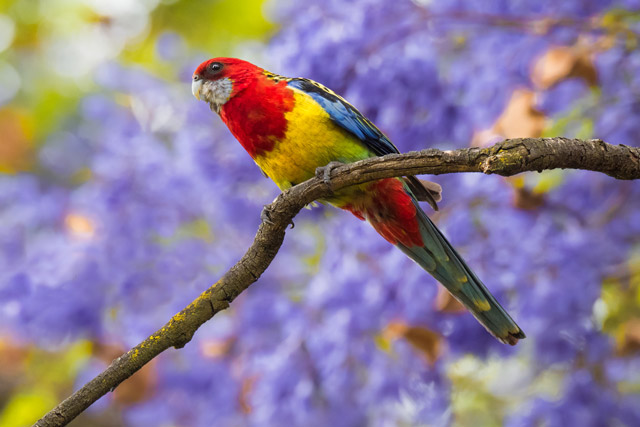 Adelaide rosella: Chattering, pigeon-sized parrot in scarlet and royal blue.
Adelaide rosella: Chattering, pigeon-sized parrot in scarlet and royal blue. - Slender-billed thornbill: A small, round, olive-brown bird with a thorn-like beak to feed on insects.
- Long-billed corella: Personable white cockatoo with a dusting of flamingo-pink around its head and front.
ADELAIDE HILLS
- Chestnut-rumped heathwren: An olive and brown speckled forest dweller with a grey-tipped tail, about the size of a blackbird.
- Yellow-tailed black cockatoo: A large, loud parrot with yellow cheeks and an eerie, wailing call.
- Crescent honeyeater: Moves through undergrowth seeking fruit and nectar. Has yellow wing tips and a complex song.
ADELAIDE INTERNATIONAL BIRD SANCTUARY
-
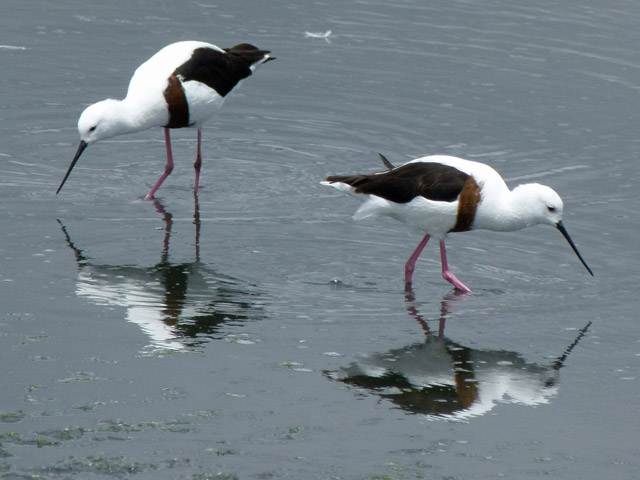 Banded stilt: A coastal lagoon wader with white body, black wings and bib and red legs.
Banded stilt: A coastal lagoon wader with white body, black wings and bib and red legs. - Curlew sandpiper: Flies all the way from Siberia, crossing two vast continents to join other migrating shorebirds here.
GLUEPOT RESERVE
- Malleefowl: This endangered fowl about the size of a chicken is very shy and camouflages well against the ground, freezing when disturbed.
- Black-eared miner: Endemic to mallee woodland, this endangered, dove-sized bird is grey and olive with a bright yellow beak against black cheeks.
- Red-lored whistler: Endangered and now restricted to this area, this pretty grey bird with an orange, robin-like breast has a lovely, gentle song.
COORONG
- Rufous bristlebird: A perky, thrush-like ground-dweller with rusty upper parts. Usually heard rather than seen as it hides in vegetation.
- Southern scrub robin: A comparatively large and dull robin, with a reddish hue to the tail and piebald wings.
- Purple-gaped honeyeater: A greenish bird with yellow throat and striking purple gape. Favours Mediterranean-style vegetation.
Explore our range of expert led tailor-made tours to experience South Australia’s wildlife and birding hotspots.


